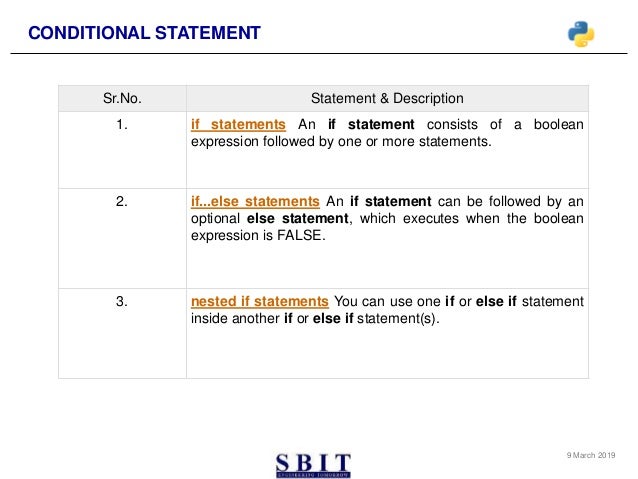

It’s equivalent to the following method calls: person = object._new_(Person, 'John') Python will call the _new_() and _init_() methods. When you call the class to create a new object: person = Person( 'John') Code language: Python ( python ) Person = Person( 'John') Code language: Python ( python ) The following defines the Person class with the name attribute and create a new instance of the Person class: class Person: def _init_ (self, name): Python will not call the _init_() method automatically if you explicitly create a new object using the object._new_() method. However, you need to call the _init_() yourself manually after. Technically, you can call the object._new_() method to create an object manually. To create the object of a class, you call the super()._new_() method. It means that you can override the _new_ static method and do something before and after creating a new instance of the class. When you define a new class, that class implicitly inherits from the object class. The _new_() method should return a new object of the class. However, the _new_() method does use them. The *args and **kwargs parameters must match the parameters of the _init_() of the class.

The first argument of the _new_ method is the class of the new object that you want to create. It has the following signature: object._new_( class, * args, ** kwargs) Code language: Python ( python ) The _new_() is a static method of the object class. When you create an instance of a class, Python first calls the _new_() method to create the object and then calls the _init_() method to initialize the object’s attributes. Summary: in this tutorial, you’ll learn about the Python _new_ method and understand how Python uses it to create a new object.


 0 kommentar(er)
0 kommentar(er)
